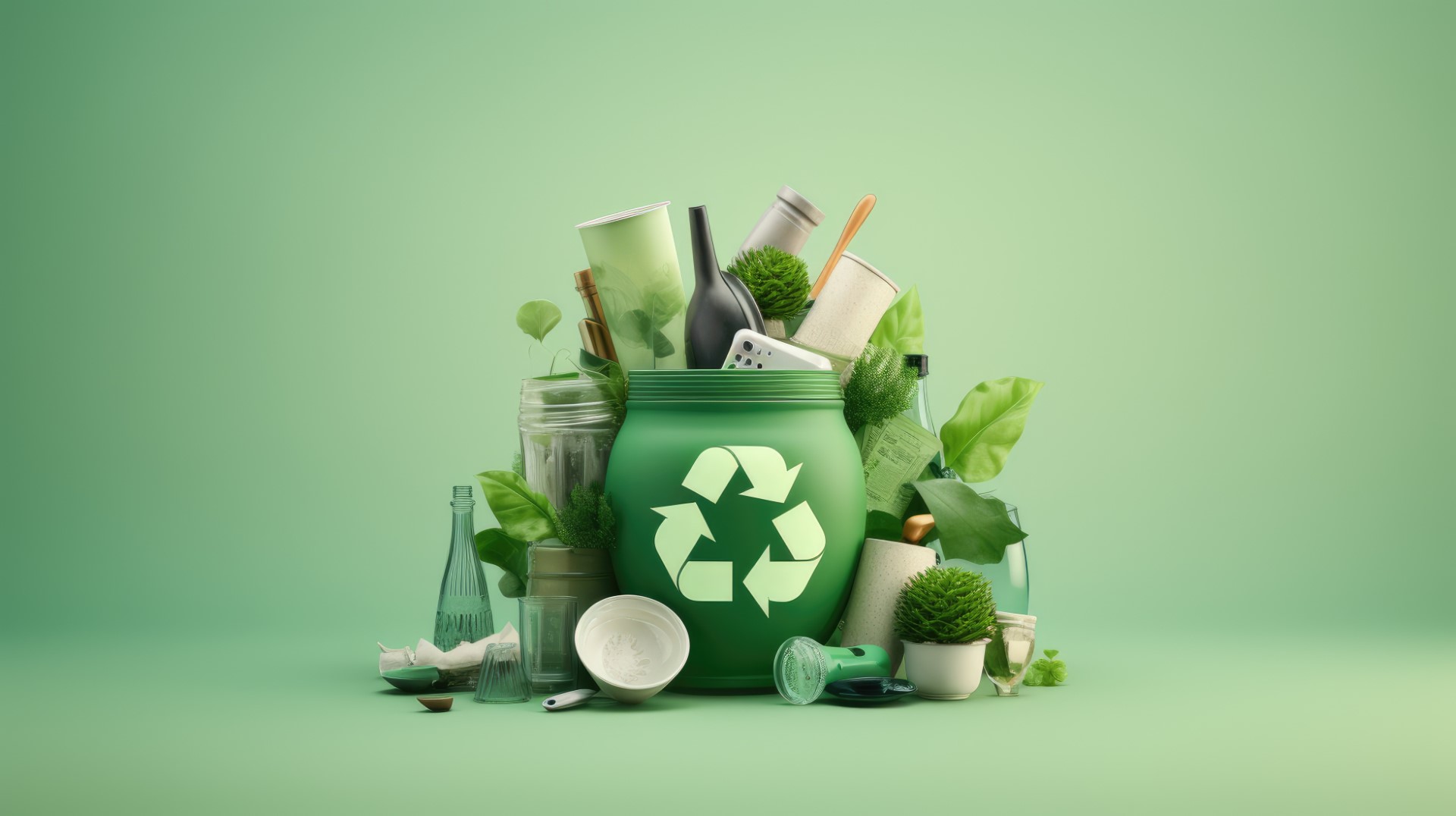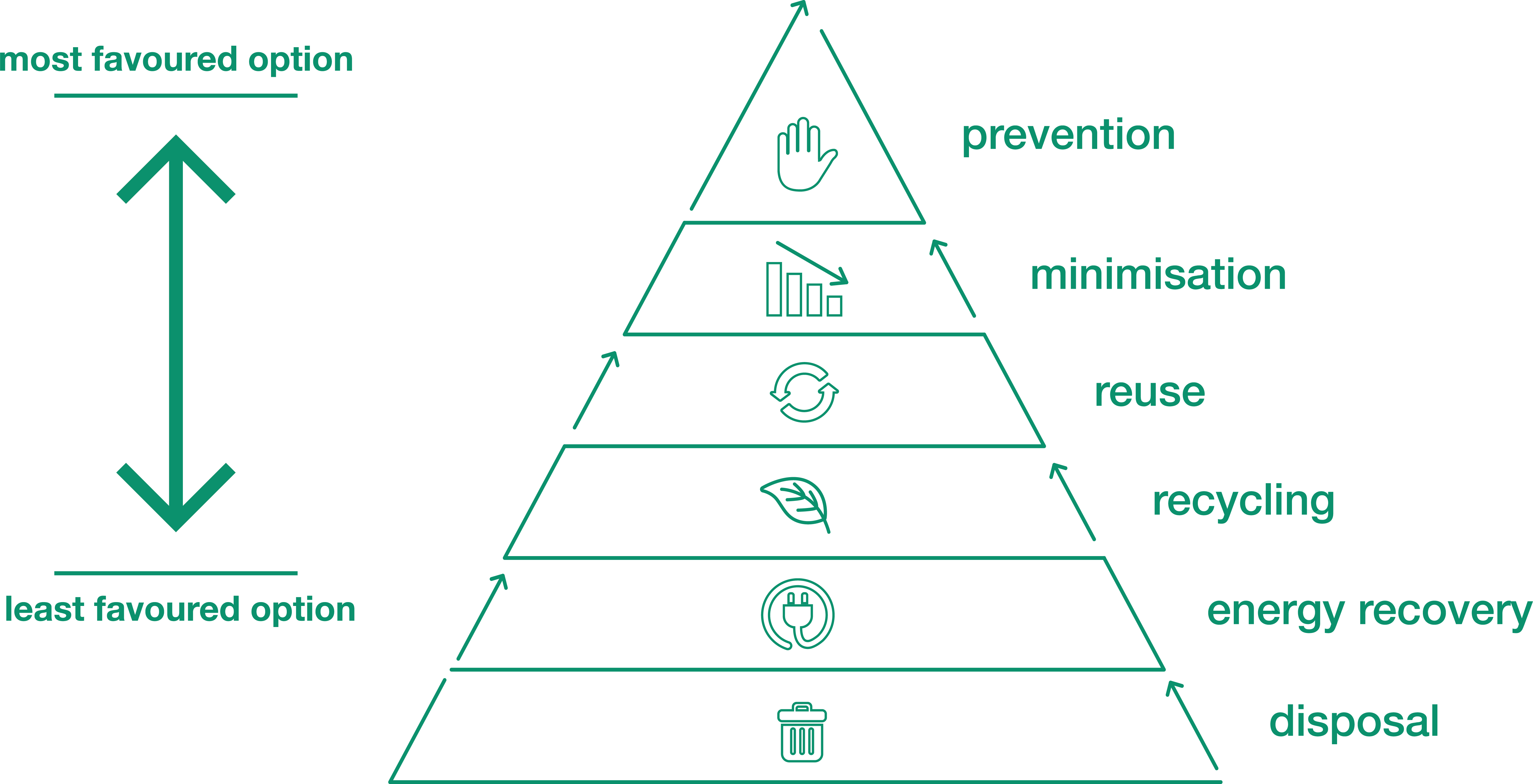The Function of Recycling Lives Services in Supporting Local Communities
Wiki Article
Checking Out Different Kinds of Waste in Modern Waste Administration Equipment
The contemporary landscape of waste administration includes browsing an intricate variety of waste kinds, each requiring specialized handling and disposal techniques to minimize ecological influences. Community solid waste, harmful waste, digital waste, and organic waste each existing distinctive challenges and possibilities for resource recuperation.Community Solid Waste
Municipal solid waste, often referred to as house trash or waste, includes a variety of discarded products generated by residential, business, and institutional sources within a district. This waste stream normally consists of items such as product packaging, food scraps, lawn trimmings, paper, plastics, fabrics, and disposed of family goods. The administration of community strong waste is a crucial element of urban preparation and public wellness, requiring efficient collection, transport, and disposal systems.Reliable waste monitoring systems are developed to reduce environmental impact while making the most of resource healing. This often entails a combination of methods consisting of composting, landfilling, and recycling. Reusing programs target products like paper, glass, steels, and particular plastics, diverting them from land fills and reestablishing them right into the production cycle. Composting natural waste, such as food scraps and lawn trimmings, not only lowers garbage dump usage however likewise creates beneficial dirt modifications.
Communities need to likewise attend to the logistical and economic obstacles related to waste management. Applying pay-as-you-throw systems, improving public understanding, and investing in modern technology can dramatically enhance waste diversion rates. By incorporating these practices, towns can cultivate lasting communities, reduce greenhouse gas discharges, and preserve natural resources.
Contaminated Materials

Reliable harmful waste monitoring entails a number of vital actions: identification, partition, disposal, and treatment. Recognition involves the category of waste based on its unsafe residential properties. Segregation makes certain that hazardous products are stored individually from non-hazardous waste to stop cross-contamination. Treatment techniques, such as chemical neutralization, incineration, and stabilization, are employed to minimize the toxicity, volume, or movement of the waste. Disposal choices, consisting of safe and secure garbage dumps and below ground storage space, are picked to guarantee lasting control.
Regulative structures, such as the Source Conservation and Recovery Act (RCRA) in the United States, supply standards and requirements for unsafe waste monitoring. Adherence to these regulations, combined with advancements in waste therapy innovations, is vital in reducing the risks linked with contaminated materials.
Electronic Waste
Digital waste, commonly described as e-waste, represents a rapidly expanding challenge in waste management systems worldwide. This kind of waste includes disposed of digital devices and equipment such as smartphones, computer systems, televisions, and various other digital devices. The quick rate of technological improvement, combined with reducing item life expectancies and consumer need for the most recent gadgets, has actually greatly increased the volume of e-waste created annually.E-waste is especially troublesome as a result of its complex structure, typically consisting of dangerous substances like cadmium, mercury, and lead, which pose substantial environmental and wellness risks otherwise appropriately handled. On the other hand, e-waste also has useful products such as gold, silver, and copper, which can be recouped and recycled. The dual nature of e-waste-- both dangerous and valuable-- necessitates specialized handling, reusing, and disposal processes.
Efficient e-waste administration involves rigid regulative frameworks, robust collection systems, and advanced reusing modern technologies. Public understanding and participation are vital, as improper disposal practices, such as unlawful unloading and casual recycling, exacerbate ecological contamination and carcinogen. Enhancing e-waste administration methods is vital for mitigating ecological impact and recuperating useful resources in an increasingly electronic world.

Organic Waste
Organic waste, consisting of cooking area scraps, yard trimmings, and agricultural deposits, represents a considerable section of the worldwide waste stream. This kind of waste is biodegradable, indicating it can be broken down by bacteria right into easier natural substances. Regardless of its capacity for natural decomposition, inappropriate administration of natural waste can cause damaging environmental impacts, consisting of the discharge of greenhouse gases such as methane, which add to climate this link change.Reliable management of organic waste is critical for reducing these environmental impacts (recycling lives services). Composting is a commonly taken on method, changing natural waste into nutrient-rich garden compost that can enhance dirt health and wellness and farming productivity. In addition, anaerobic food digestion is an arising modern technology that converts natural waste into biogas, a renewable resource source, and digestate, which can be utilized as fertilizer
Municipalities and waste management entities have to implement robust organic waste collection and therapy programs to take full advantage of the advantages of these processes. Public education and learning campaigns can additionally play a critical role in motivating households and organizations to separate natural waste from various other kinds of waste. By focusing on the monitoring of natural waste, cultures can decrease land fill usage, reduced greenhouse gas emissions, and develop valuable results for agricultural use.

Cutting-edge Waste Management
In the world of waste monitoring, ingenious methodologies are changing how societies manage their refuse, aiming for sustainability and effectiveness. These advancements encompass a variety of technologies and practices that enhance reusing rates, lower land fill dependence, and reduced ecological effect. One popular development is the execution of wise waste containers equipped with sensing units that monitor fill degrees and optimize collection courses. This not only reduces gas intake yet additionally reduces greenhouse gas discharges.
One more noteworthy development is the fostering of waste-to-energy (WtE) innovations. By converting non-recyclable waste into usable power with processes such as incineration and anaerobic digestion, WtE lowers land fill concern and offers a sustainable power resource. In addition, advancements in chemical recycling enable the break down of complicated plastics into their original monomers, allowing the production of new, top quality plastic products.
Additionally, the round economy model is acquiring grip, highlighting the layout of items and systems that focus on reusability and source performance. This all natural strategy urges sectors to reduce waste generation from the outset. Via these ingenious techniques, modern waste important site administration systems are not just attending to the immediate difficulties of garbage disposal however likewise paving the means for a more lasting future.
Verdict
A comprehensive understanding of community strong waste, hazardous waste, electronic waste, and organic waste, coupled with the application of cutting-edge waste management services, is critical for alleviating environmental influences. Integrating innovations such as smart waste containers and waste-to-energy systems can improve performance and sustainability. Efficient waste management methods not only this foster resource recovery but also advertise public understanding and involvement, inevitably adding to the development of a circular economic situation.The contemporary landscape of waste administration includes browsing a complicated range of waste types, each requiring specialized handling and disposal techniques to mitigate ecological impacts. Metropolitan solid waste, harmful waste, electronic waste, and organic waste each present distinctive obstacles and possibilities for resource recuperation.Digital waste, commonly referred to as e-waste, represents a quickly growing difficulty in waste monitoring systems internationally. With these ingenious strategies, modern waste monitoring systems are not just resolving the instant difficulties of waste disposal but likewise paving the way for a more sustainable future.
A comprehensive understanding of metropolitan solid waste, harmful waste, digital waste, and organic waste, combined with the execution of ingenious waste management services, is important for reducing ecological effects. (recycling lives services)
Report this wiki page